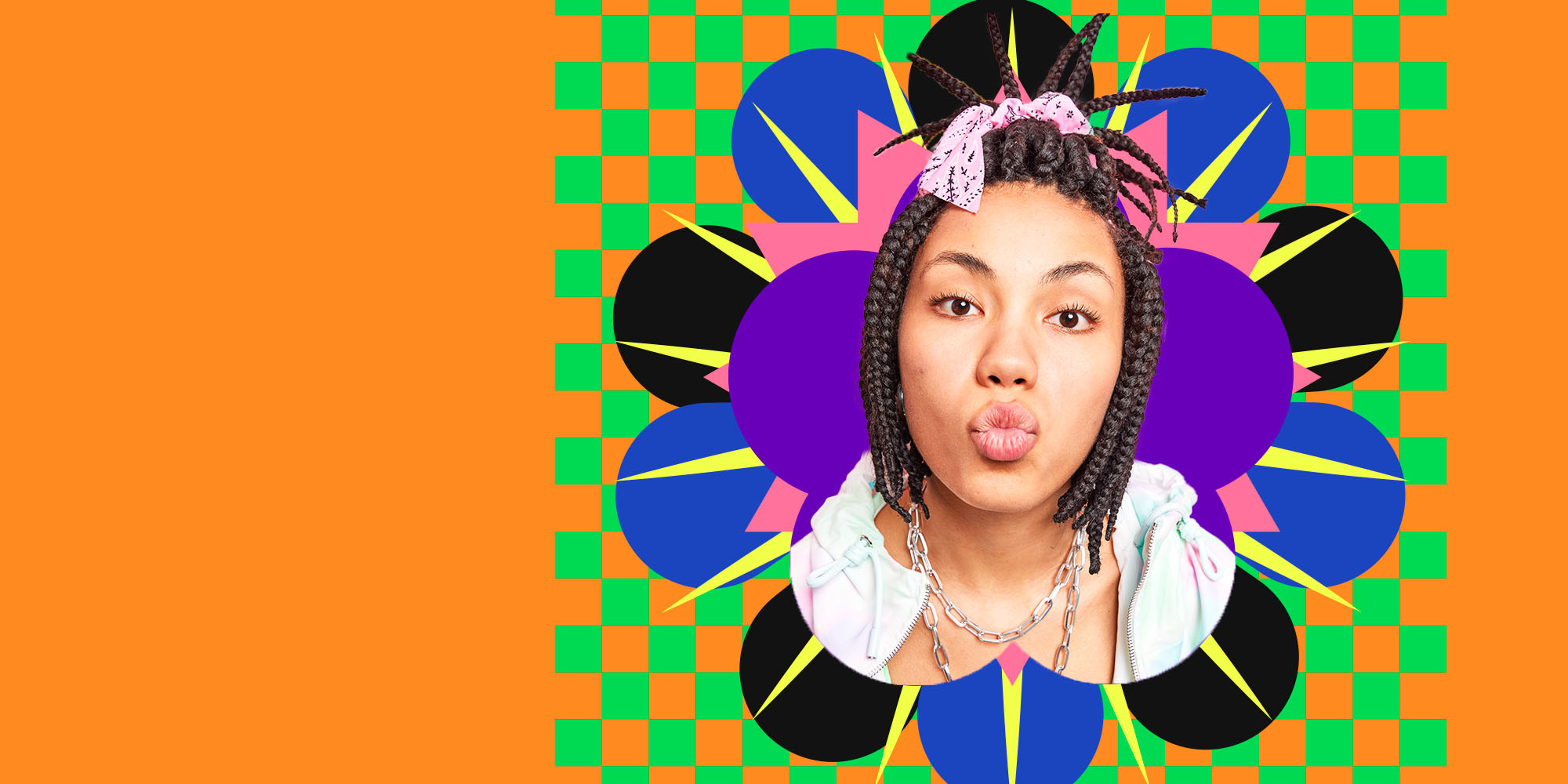DON'T MISS ANYTHING!
Subscribe to our newsletter
Lorem ipsum dolor sit amet, consectetur adipiscing elit.
Listeners:
Top listeners:
LISTEN NOW: JafriQ Radio Live On Jafriq Radio

[ad_1]
I was seated near the aisle of an ASKY Boeing 737, bound for Accra. With less than two hours to go, I turned to Netflix on my phone to keep myself from dozing off. I had a few movies saved, including a new espionage series, The Spy, starring Sacha Baron Cohen. Set in 1967, it recounts the events leading to the Six-Day War between Israel and Syria. Cohen plays an Israeli secret agent, tasked by Mossad to infiltrate Syria’s security and diplomatic circles. His dangerous mission was to gather intelligence that could prevent Syrian attacks on Israel.
About an hour in, I was engrossed in the second episode. Cohen’s character was driven by a fierce sense of duty, willing to die for his country. While watching, I reflected on the international communication themes that echoed through the show, realizing how the series seemed to reinforce the narrative of Israeli patriotism amidst the ongoing Middle Eastern conflicts.
“Movies really are a powerful tool of international communication,” I muttered to myself, thinking back to what I’d learned during my international communications classes in college. Just then, the pilot’s voice broke through the cabin, announcing that we were ready for takeoff and reminding us to switch off our devices. I complied quickly, as I always do, and reached for the in-flight magazine tucked into the seat pocket in front of me.
ASKY, a Togolese airline closely linked with Ethiopian Airlines, is one of the few that flies in and out of Roberts International Airport each week. The bilingual magazine (in English and French) featured stories and photos of destinations like Accra, Lagos, Abidjan, Dakar, Brazzaville, and Monrovia. Flipping through the pages, I found a spread showcasing eight cities with images representing iconic features for each one–Abuja, Lagos, Accra, Abidjan, Douala, Dakar, Ouagadougou, Kinshasa, and Robertsville.
Curious, I scrutinized the images. Seven cities were represented by recognizable landmarks, but “Robertsville” had me stumped. “Where’s Robertsville?” I wondered. My journalistic instincts kicked in, and in no time, I deduced that Robertsville was likely a reference to Roberts International Airport. However, the mislabeling did not puzzle me, but rather the image below it–a blurry aerial shot of West Point, Liberia’s largest slum.
As a communications pratitioner, I understood the importance of symbols in nation branding. The concept immediately reminded me of Liberia’s international branding discussions, where iconic features like Paris’ Eiffel Tower, New York’s Statute of Liberty, or Accra’s Independence Square helped shape global perceptions about these cities.
But the magazine representing Liberia with an image of West Point felt like a missed opportunity. Instead of projecting an image that could enhance Liberia’s identity, this portrayal could easily reinforce stereotypes about poverty, leaving outsiders with little impression about our beautiful country. Like every Liberian, I’m aware of the shortcomings – infrastructure and services – but the need for national branding is becoming more palpable.
A well-crafted image not only attracts tourism and investment but also builds a country’s soft power. France, for example, has long used its cultural symbols–like the Eiffel Tower–to communicate its sophistication, romance, and creativity to the world. For Egypt and its Pyramids, this is a message to italicize the rich history of the Africa nation’s civilization. Such branding helps boost tourism, attract foreign investors, and foster diplomatic ties. But what happens when a country neglects its image, or worse, neglect efforts to ensure negative images are not projected?

Get the latest in African news delivered straight to your inbox
Almost finished…
We need to confirm your email address.
To complete the process, please follow the instructions in the email we just sent you.
There was a problem processing your submission. Please try again later.
As the plane ascended, I found myself lost in thought. Liberia, like any country, deserves to be seen for its full potential. Nation branding is about more than just landmarks; it’s about shaping how the world sees you and the opportunities that perception can create.
When I returned to the movie, I tried to juxtapose nation branding with nationalism and patriotism. The link I found was pretty blurry but enough to convince me that countries use motion pictures to project a positive image beyond their borders.
One week later, I’m back in Monrovia. Still concerned about Monrovia’s poor image in the in-flight magazine, I phoned my good friend Maelouisa Hill, the Assistant Minister for National Branding at the Ministry of Information, Culture, and Tourism. She was equally frustrated as I was. I could only surmise that branding or rebranding Liberia is an arduous task.
[ad_2]
Source link
Written by: jafriqradio
africa Business current events economy Liberia news Politics sports trade travel Travel and Tourism West Africa

For every Show page the timetable is auomatically generated from the schedule, and you can set automatic carousels of Podcasts, Articles and Charts by simply choosing a category. Curabitur id lacus felis. Sed justo mauris, auctor eget tellus nec, pellentesque varius mauris. Sed eu congue nulla, et tincidunt justo. Aliquam semper faucibus odio id varius. Suspendisse varius laoreet sodales.
closeLorem ipsum dolor sit amet, consectetur adipiscing elit.
© JAfriq RAdio 2024 All Rights Reserved. By Octagram, Inc
Post comments (0)